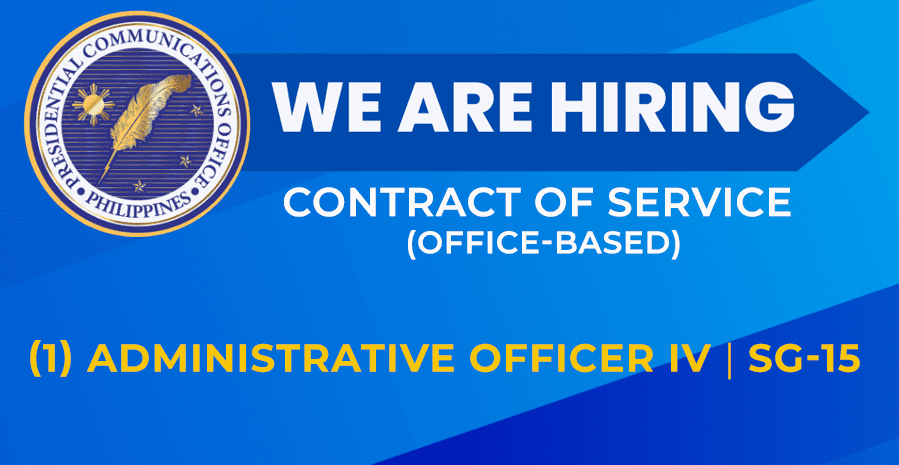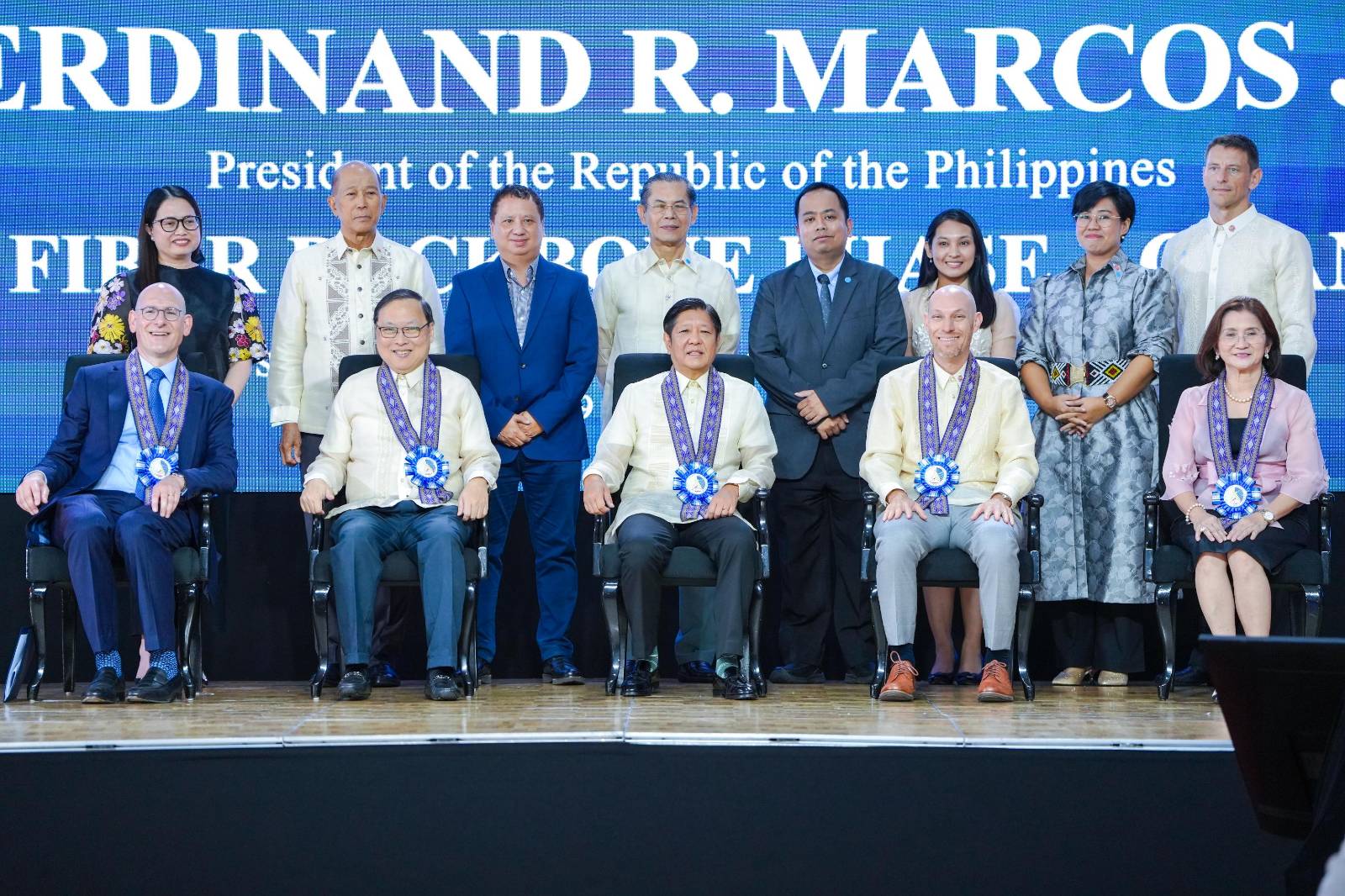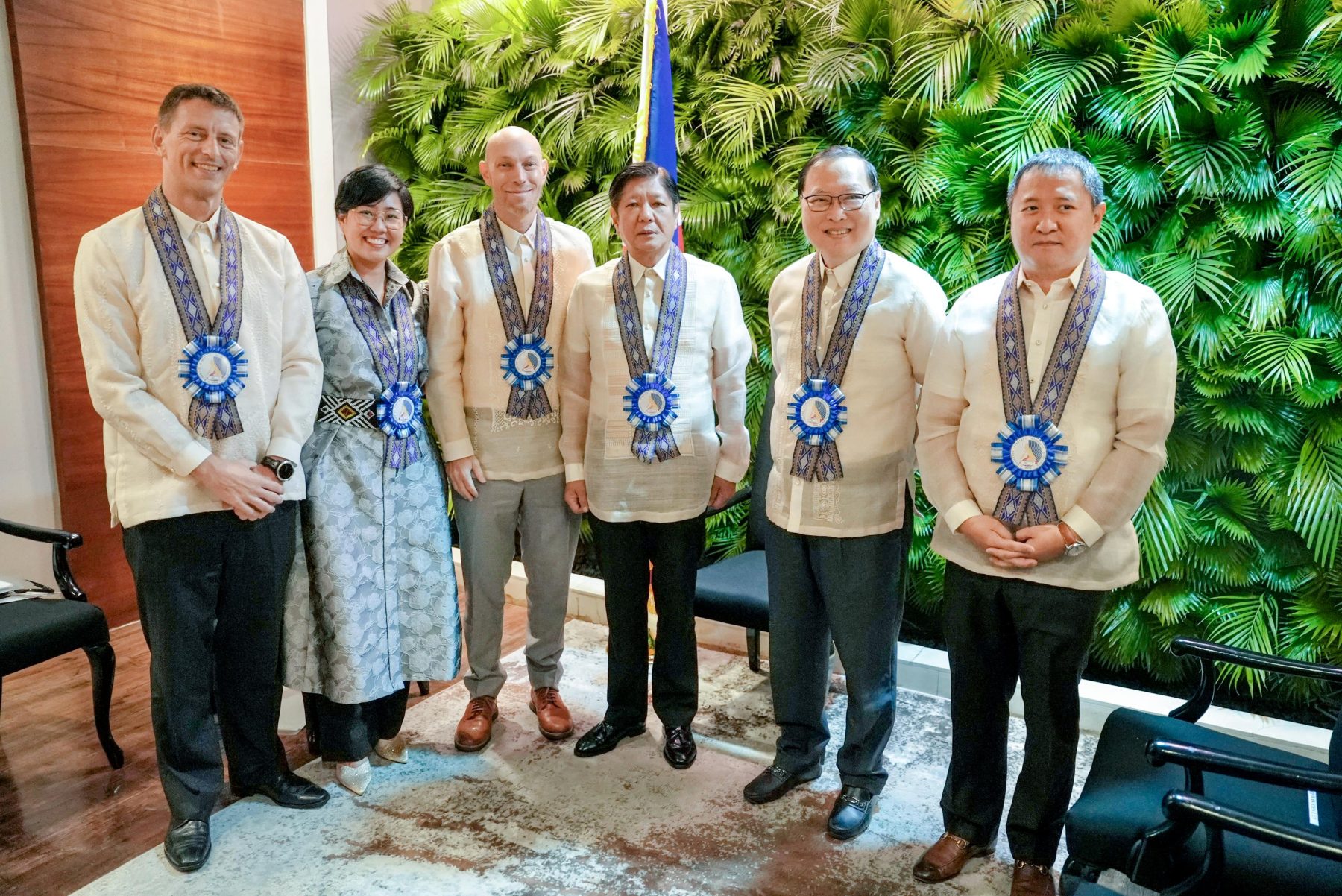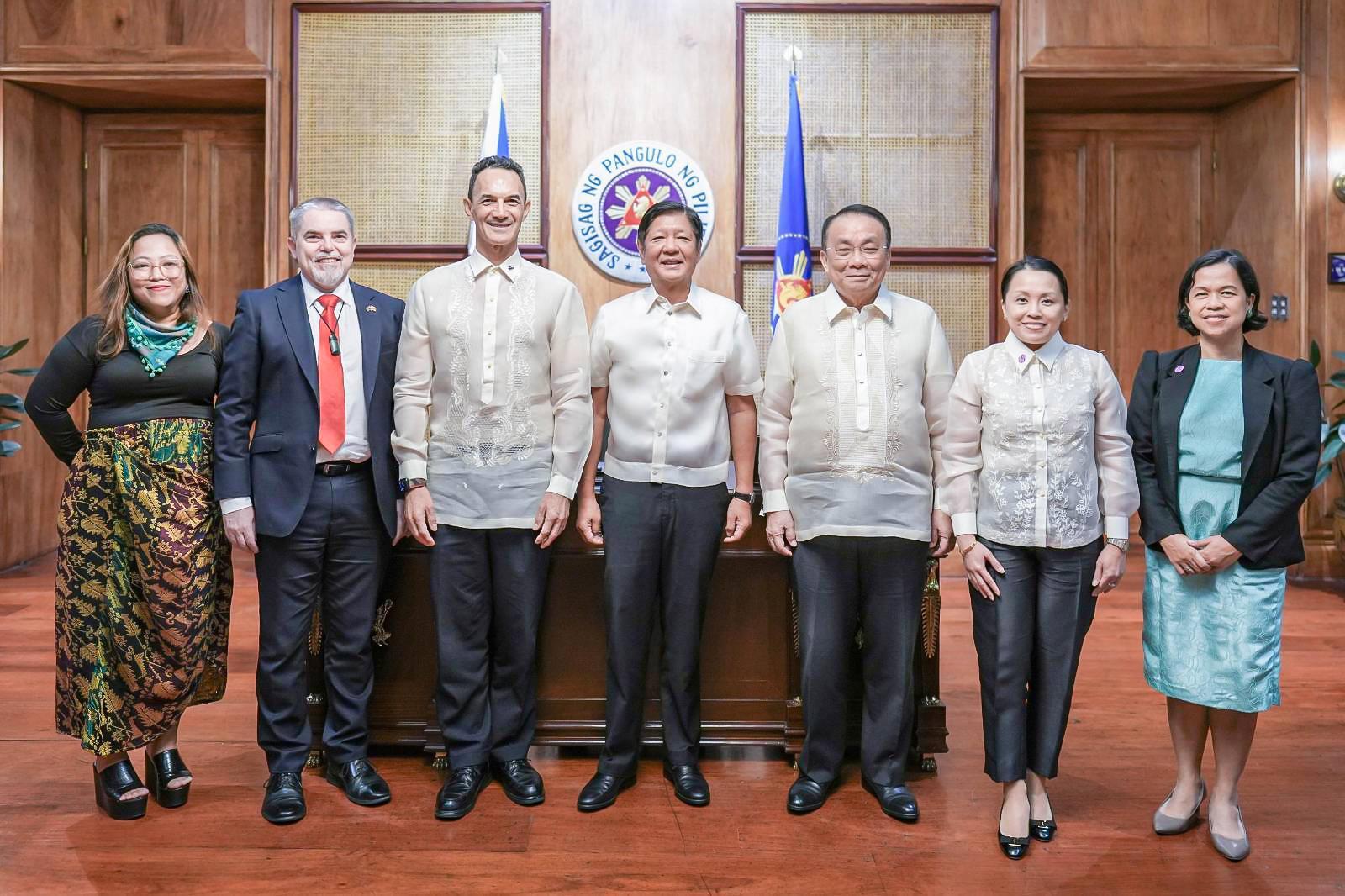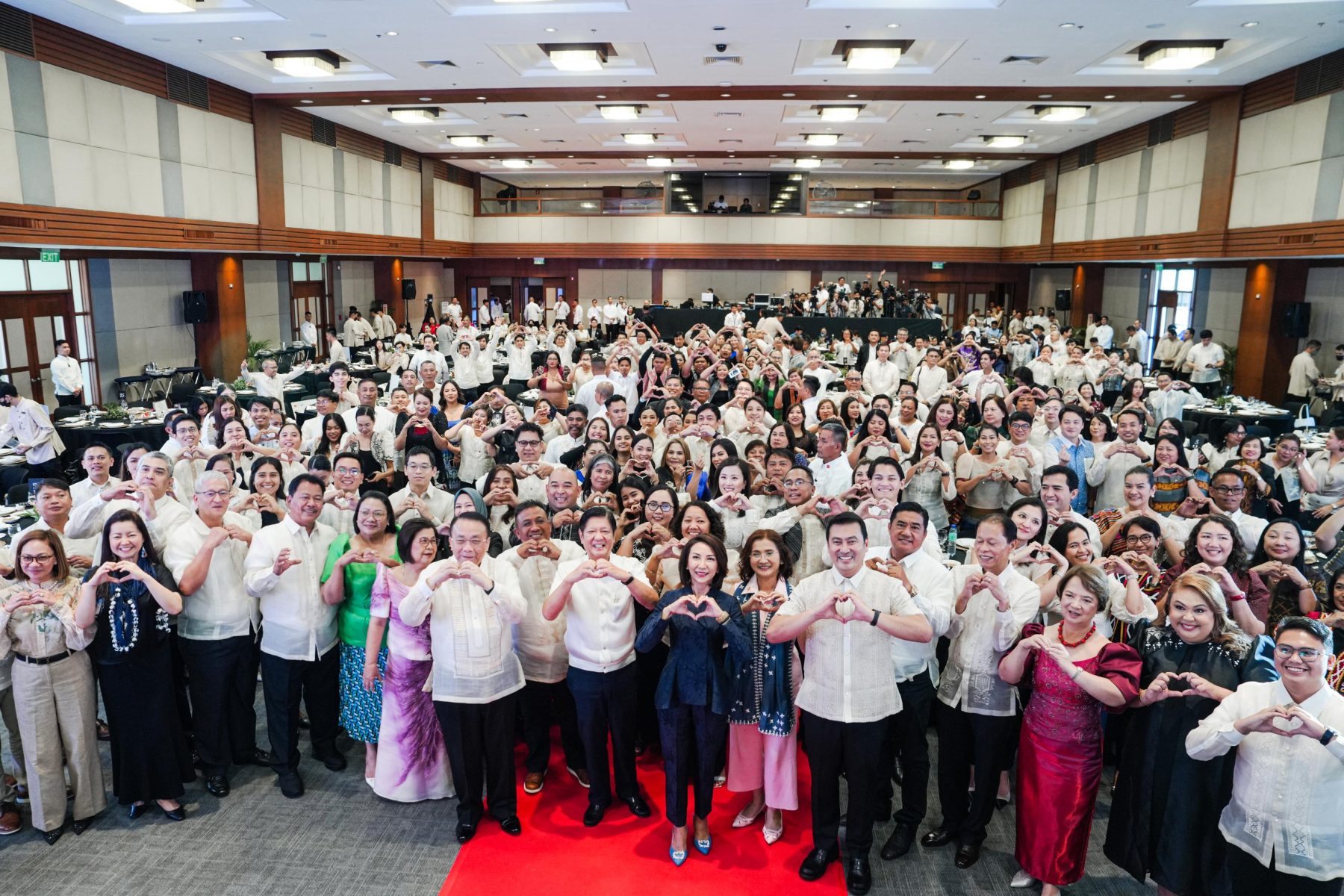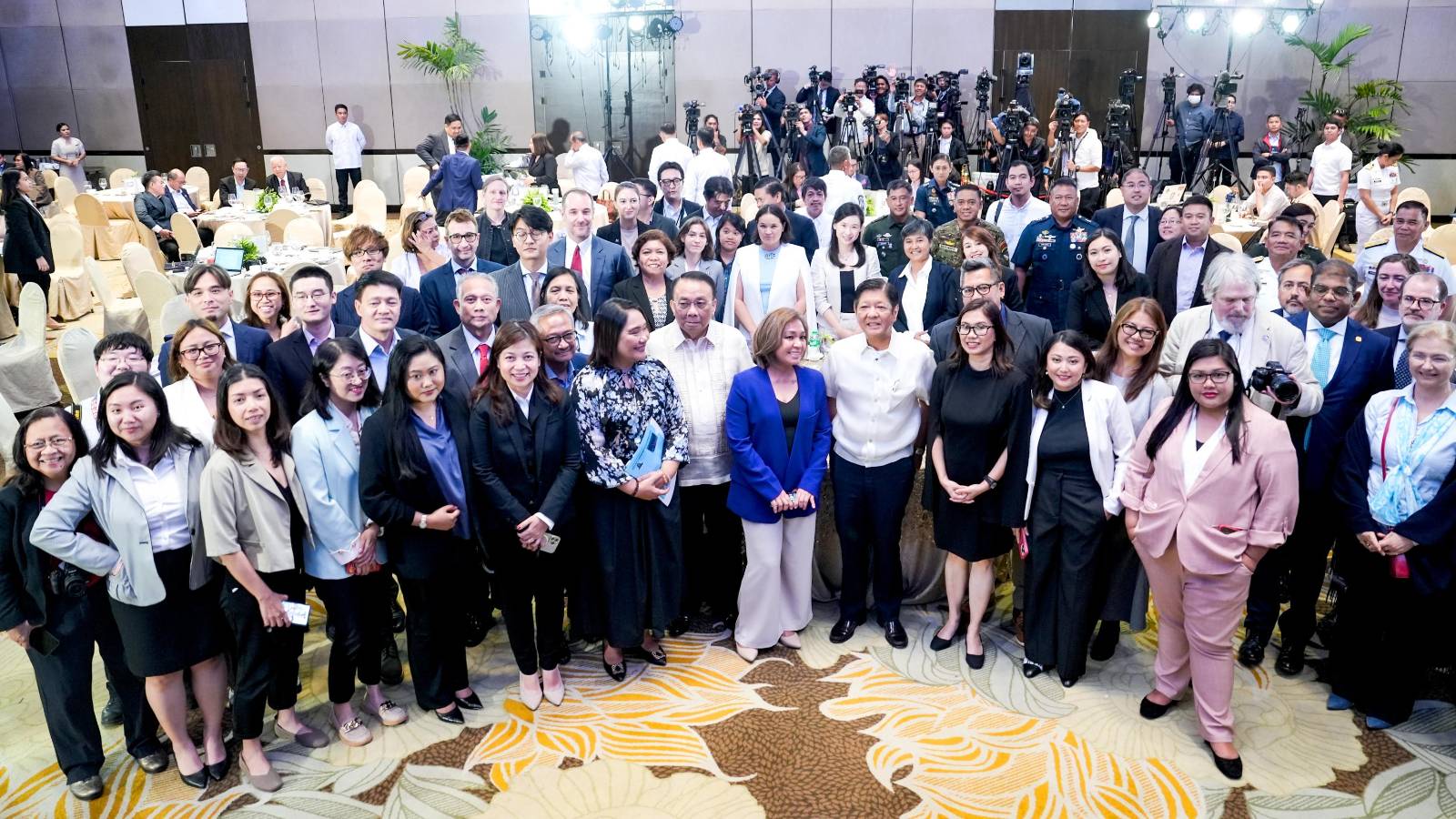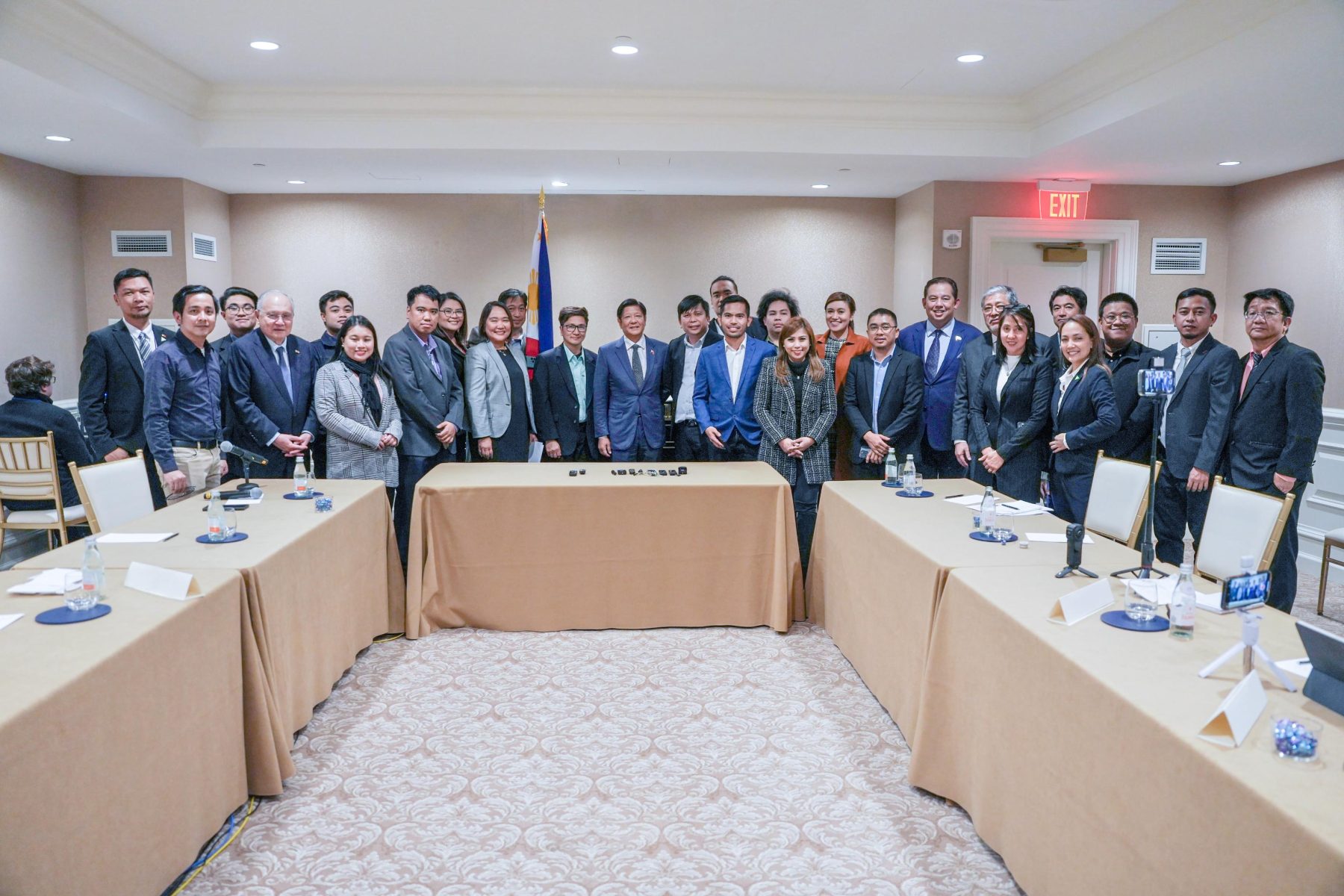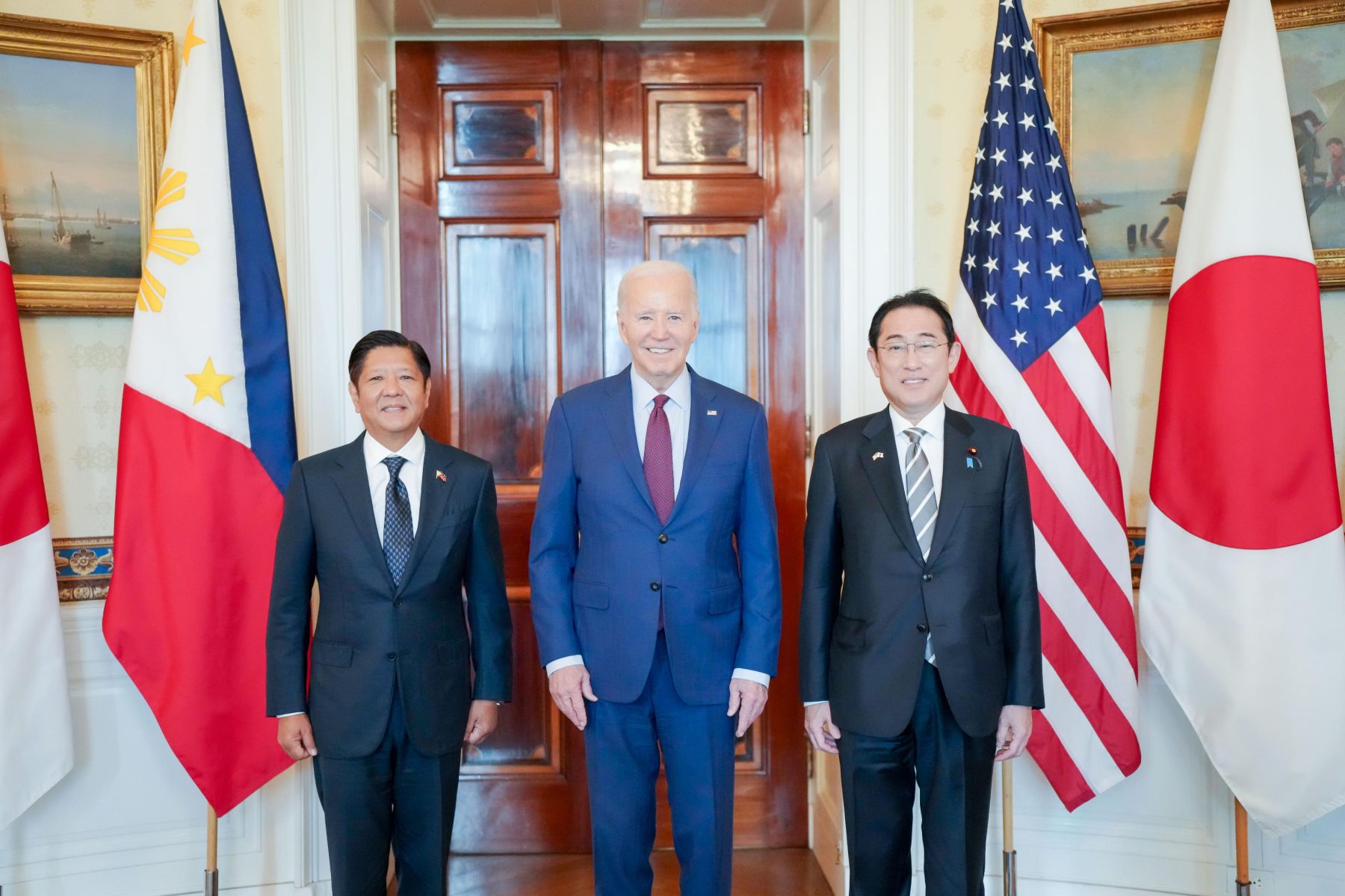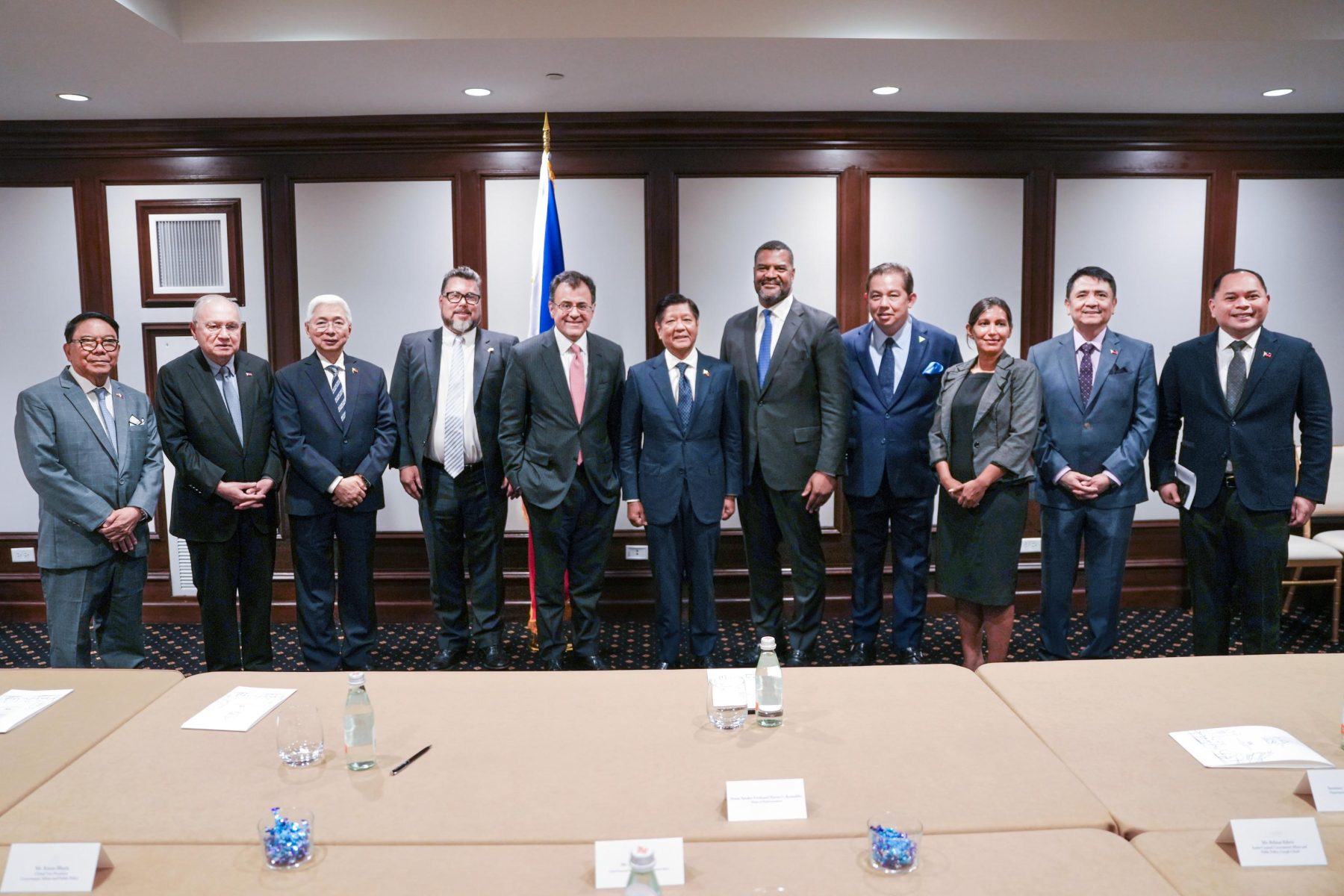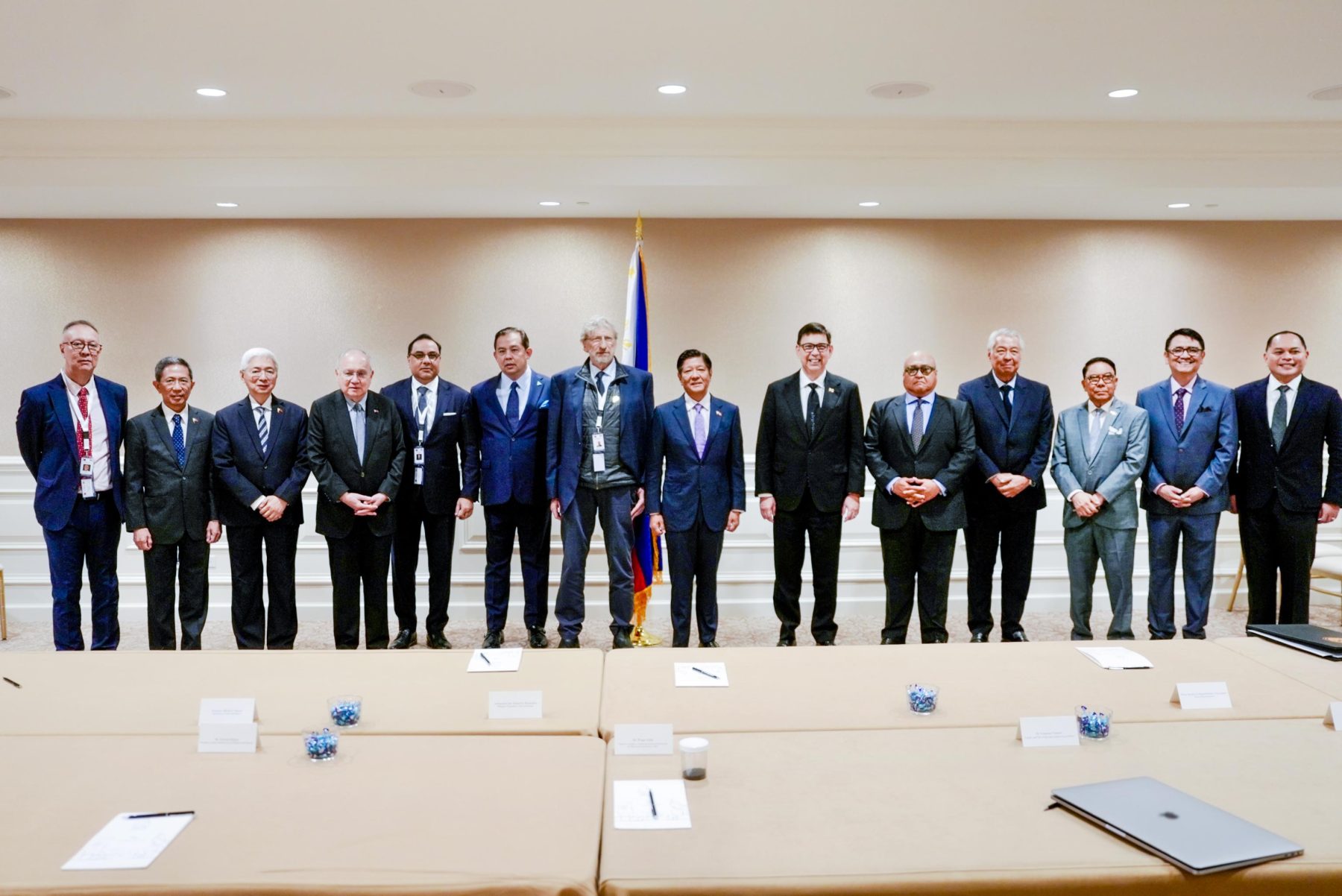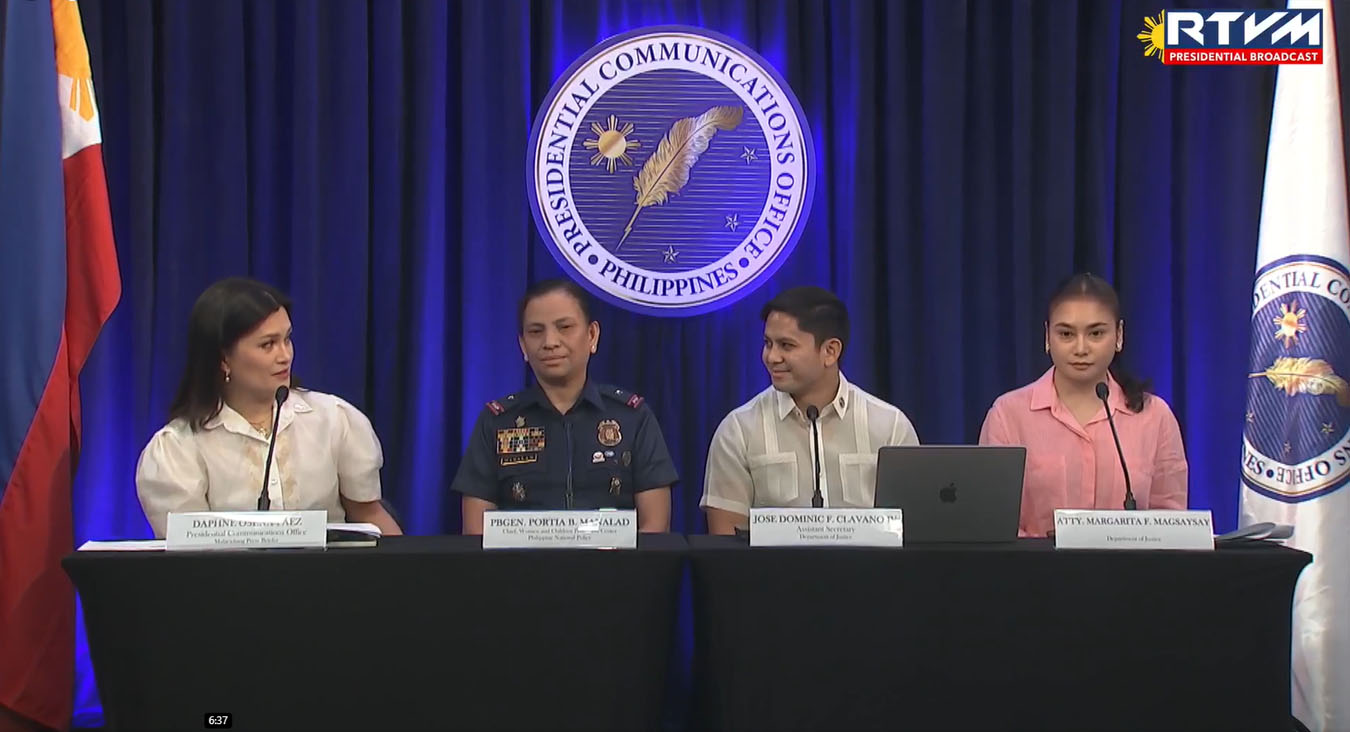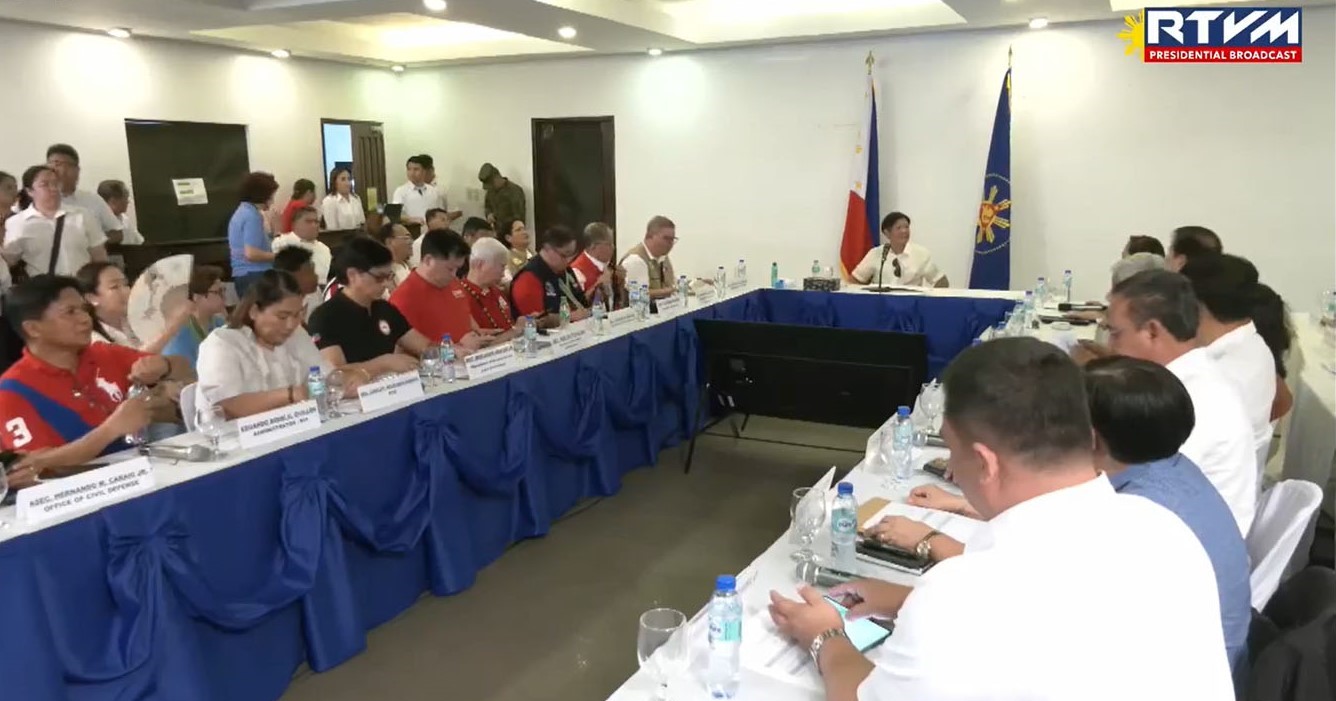October 03, 2015 – News Releases
 |
| 03 October 2015 |
APEC News Releases
|
|
|
| Fisheries Center Chief at APEC: More fish farms needed to make aquaculture sustainable |
| (ILOILO CITY, Iloilo) The Southeast Asian Fisheries Development Center (SEAFDEC) is putting in place measures that aim to make the world’s fish and marine industry sustainable to help feed a growing global population.
Half of the world’s fishery supplies are produced in farms while the other half are still sourced from the sea, Felix Ayson, Chief of the Philippine-based SEAFDEC’s Aquaculture Department and a career fisheries scientist specializing in biotechnology and marine resources, said on Friday. “But with the increasing population that we have, the direction now is really toward growing more of the fishing farms,” he said during the Asia-Pacific Economic Cooperation (APEC) Policy Partnership on Food Security meeting here. “So what we in the Aquaculture Department are doing, being a research organization, is really trying to make this intensification of aquaculture sustainable.” Ayson emphasized the need for the country to ensure the safety of the aquaculture products it is known for — milkfish, crabs, and shrimps, among others. As an agency specializing in research and development, the SEAFDEC Aquaculture Department has developed “species-specific” and “stage-specific” feeds, he said, referring to feeds specific to species as biological compositions require specific nutrients at different stages of life: newborn, breeder, nursery, grown-out, and pregnant. Although expensive, this technique is significant in ensuring food security, Ayson said. It also does not isolate “other activities” in the environment, he added. “Aquaculture can coexist okay with the other activities that we do in our environment,” Ayson said. He emphasized the need to continue research and development, and innovation to make aquaculture sustainable. Pollution, he further said, is destroying marine resources, which, along with green economy (forest and agricultural land), comprise the top source of income for the world’s poor. “So, what we are telling our APEC friends, delegates of our APEC member economies, is that we have this institution in the Philippines that is doing all these kinds of activities,” Ayson said. “Since one of our mandates is to capacitate people, they can always come to us for training courses, for sharing of information,” he added. (APEC Communications Group) |
|
|
| Southeast Asian Fish Center showcases biotech to APEC delegates |
| (ILOILO CITY, Iloilo) The Southeast Asian Fisheries Development Center (SEAFDEC) based in Tigbauan here in Iloilo has showcased to APEC delegates the biotechnologies that strengthen the production of the region’s fisheries resources to ensure food safety and security.
Delegates of the Asia Pacific Economic Cooperation (APEC) Agricultural Technical Cooperation Working Group and the High Level Policy Dialogue on Agriculture Biotechnology visited SEAFDEC last September 29 and October 1. Felix Ayson, head of the Aquaculture Department of SEAFDEC, said these technologies enable seaweeds to grow faster and produce Class A oysters, mud crabs, soft-shell crabs, and abalone in captivity. Ayson explained that before, farmers could only grow 2 to 3 percent of seaweeds a day, but the technology currently being used by SEAFDEC makes seaweeds grow faster 6 to 8 percent a day. The technology also allows oysters, which normally grow in clusters, to grow faster individually, making them easy to harvest and market. Ayson also said his department monitors the environment in which these oysters grow, putting them in Class A category that can be exported to the stringent European Union market. Class A oysters can be eaten straight after harvesting. They differ from Class B and Class C, which have to undergo relaying activities to be safe for human consumption. Aside from seaweeds and oysters, SEAFDEC also makes sure mud crabs, soft-shell crabs, and abalones could be bred in captivity. Soft-shell crabs, or crablets, are transferred from seawater to fresh water after molting, so their shells won’t get hard. In the Philippines, these are sold deep fried straight after cleaning and freezing. Ayson said the technology allows these species to be produced in captivity — grow in nursery to a marketable size in grow-out pens. (APEC Communications Group) |
|
|
| Fish farming in temperature-controlled facilities to help ease climate change effects on marine resources — SEAFDEC |
| (ILOILO CITY, ILoilo) With the predicted “alarming” drop in major aquatic resources due to global warming, the Southeast Asian Fisheries Development Center (SEAFDEC) said fish farming in temperature-controlled facilities may help ease the effects of climate change on marine resources.
Dr. Felix Ayson, chief of SEAFDEC’s Agriculture Department, told reporters that warmer water may cause milkfish, mudcrabs, and seaweeds to stop or slow down breeding. Higher water temperature of 34 to 44 degrees Celsius is expected by the end of the century. “A dark scenario is that there will be no more milkfish industry in the event that our bangus (milkfish) will not spawn,” Ayson said at a press conference of the Asia Pacific Economic Cooperation (APEC) Agricultural Technical Cooperation Working Group and the High Level Policy Dialogue on Agriculture Biotechnology. To address the effects in aqua resources, SEAFDEC-AD is now testing different techniques that may mitigate the possible reduction of seafood. “First question, will our milkfish spawn or reproduce in captivity? We do not know. In the event that it will not spawn, then we will have no fry that we can stock in our pond, that we can stock in our cages,” he pointed out. In an experiment last month, SEAFDEC put Malaga fish (spinefoot) in a sea water tank with temperatures ranging from 31 to 33 degrees to test if it will release eggs in such a condition. The result: The fish were able to release eggs but the embryos died. With the predicted continued warming of the ocean, Ayson has proposed to increase fish production in temperature-controlled facilities. Similarly affected is the Philippines’ P30-billion mudcrab industry, said Dr. Emilia Quinito, also a SEAFDEC official. Citing farmers, Quinito said that in the summer of 2014, mother mudcrabs have stopped spawning due to high temperature. To address this situation, Quinito’s team is now collaborating with the private sector. Seaweeds also started dying when water temperature reached 32 degrees, said Dr. Maria Rovilla Luhan. “Farmers are already complaining that they do not have seedling when their seaweeds died last summer. Before, the normal temperature is 30 degrees, now it has increased to 32 degrees. Our major seaweed products can tolerate higher temperature of 32 but not for longer periods,” she said. “Long exposure will damage our seaweeds,” she added. Luhan said her team is doing more experiments on species and environment interactions in an attempt to produce a more adaptable species of seaweeds for farming. This means, Ayson said, trying to improve the seaweeds by making them stronger and giving them more nutrients to withstand changes in the environment. “In our activity with seaweeds, we are trying to improve the quality through techniques like tissue culture protoplast fusion,” he added. Protoplast fusion is a type of genetic modification in plants by which two distinct species of plants are fused together to form a new hybrid plant with the characteristics of both. (APEC Communications Group) |
|
|
| President’s Tawi-Tawi visit shows commitment to inclusive growth, says official |
| President Benigno S. Aquino III’s visit to Tawi-Tawi is manifestation of his administration’s commitment in attaining inclusive growth especially those in the far-flung areas, a Palace official said.
In a radio interview on Saturday, Deputy presidential spokesperson Abigail Valte said that the administration not only focuses in Metro Manila in building infrastructures and other projects but also in the rural areas. “Yung sa Tawi-Tawi, mapatutunayan din ang laging sinasabi ng Pangulo na ‘no one will be left behind’ at talagang ang itinutulak po natin ay lahat nakasakay doon sa Daang Matuwid,” Valte said during the interview over dzRB Radyo ng Bayan. “I think, marami sa inyo ang magugulat na lalo ngayon ongoing doon ang inspection ng Pangulo sa mga tulay, ‘yung mga naging programa natin diyan.” “At least, naipapakita naman natin na mula ho dito sa Maynila, sa sentro, hanggang doon sa mga malalayong lugar sa Pilipinas ay talagang pinipilit ng administrasyong maabot at madala rin doon ang mga magagandang programa ng Daang Matuwid.” The president arrived in Tawi-Tawi Saturday morning and inspected the Sanga-Sanga-Lapid-Lapid Bridges in Bongao, Tawi-Tawi. The President also met with local officials of the Autonomous Region in Muslim Mindanao (ARMM) to report on the administration’s accomplishments in the region. PND (as) |
|
|
| Palace expresses elation over survey showing country’s attractiveness to expats |
| The palace welcomes a survey showing the Philippines as one of the most preferred countries of expatriates.
The Philippines is rated highly by expats looking outside their homeland for career satisfaction, according to a survey commissioned by British banking giant HSBC. HSBC Expat Explorer’s survey ranked the Philippines at 28th in 39 countries favored by expatriates as good destination. In a radio interview over dzRB Radyo Ng Bayan on Saturday, Deputy Presidential spokesperson Abigail Valte said the survey result is something to be proud of for Filipinos and it shows the county’s openness to its visitors. “We are known around the world for our warmth and our hospitality,” she said. “We roll out the red carpet not only for our visitors but until such time that they become integrated or become part of our society as our residents.” “And siguro maganda ring pangitain ito na more and more people see the Philippines (as) not just a place to visit but talagang na-fi-feel at home sila sa ating bansa.” The HSBC ranked countries based on their attractiveness using various metrics such as opportunities in disposable income, wages, savings, economic confidence, entrepreneurship, politics, career progression, work/life balance, job security, quality of life, culture, health, making friends, integration, safety, finance, healthcare, property and closeness with partner, school quality and childcare quality. The survey among 21,950 expats was intended to serve as a guide for people who are not sure where they want to move, are still undecided between a few countries, and want to compare their home country with other countries. The survey rated Singapore as the top all-round destination for expats. It was followed by New Zealand, Sweden, Bahrain, Germany, Canada, Australia, Taiwan, United Arab Emirates and Switzerland. PND (as) |
|
|
| President Aquino inspects three bridge projects in Tawi-Tawi |
| (BONGAO, Tawi-Tawi ) President Benigno Aquino III on Saturday conducted a windshield inspection of bridges and approaches connecting the isolated island of Panglima Sugala in this province.
Upon arrival at the Sanga-Sanga Airport, the President was welcomed by local government officials, afterwards he immediately proceeded to the inspection of the three bridge and approach projects that now connects Panglima Sugala with the Tawi-Tawi mainland by passing through the swamplands of Barangay Sanga-Sanga and Lapid-Lapid in the town of Bongao. The President then went to the Sandbar Lepa Convention Center in the town of Bongao, where he was received by Tawi-Tawi Governor Nurbert Sahali, Tawi-Tawi Congresswoman Ruby Sahali, Bongao Mayor Jasper Que and former Governor Sagikul Sahali. Accompanying the President during his visit to Tawi-Tawi were Transportation Secretary Joseph Abaya, Public Works Secretary Rogelio Singson, Social Welfare Secretary Corazon Soliman, and Department of Energy Officer In Charge Zenaida Monsada, who all gave a report on the accomplishments of the Aquino Administration in the Autonomous Region on Muslim Mindanao. In her message, Tawi Tawi Congresswoman Sahali said the process can now be felt in her hometown. This is due to the peace and stability in the province and through the national government’s support in education, social welfare, health service and various infrastructure projects. For her part, Panglima Sugala Mayor Regie Sahali-Generale, whose town benefited from the three bridges and approaches, said before they will have to cross the sea for an hour via a bangka that only travel to Tawi-Tawi once a day. Generale added now with three bridges is has shorten the travel time to the Tawi-Tawi mainland and has turned her town to the province’s “food basket.” In his speech the President said even if Tawi-Tawi is in the furtherest part of the country it’s need must still be met. “Saan bahagi man ng Pilipinas sa Luzon, Visayas at Mindanao, sa lungsod man o sa mga liblib na lugar, kung anu ang pangangailanagn ng atin mga boss iyon ang dapat tugunan,” said the President. Among the other projects the President said Tawi-Tawi will have in the future is the expansion of the airport in Sanga-Sanga; integrated water supply project in Bongao and Panglima Sugala; and improvements of the its existing ports. He also asked for understanding if part of the bridges has yet to be concretized since it still need to settle before even asphalts are placed. “Kung papatungan agad may tiyansa na masisira agad ang mga ito, kaya imbes na madaliin ginagawa natin ang tama para di na mapasa pa ang problema sa iba,” said the President. The President also urges the locals to continue the Tuwid na Daan that his administration has initiated. “Malinaw po ang tatahakin natin sa darating na taon, ituloy ang Tuwid na Daan na ating tatahakin. Lahat tayo kabahagi nito, lahat kayo may kakayahan makiambag dito sa pagsulong ang ating bansa. At dahil kayo ang boss, kayo ang gumawa ng pagbabago, kayo rin ang magtutuloy ng pagbabagong ito,” said the President. Also traveling with the President were Interior Secretary Mel Sarmiento and Defense Secretary Voltaire Gazmin. PND (ag) |
|
|
| Genetically modified farming has lower environmental impact, expert says |
| (ILOILO CITY, Iloilo) Genetically modified (GM) farming has lower impact on environment, Department of Agriculture Biotechnology Advisory Team Chair Saturnina C. Halos said.
During the Asia Pacific Economic Cooperation (APEC) High Level Policy Dialogue on Food Security and the Blue Economy (HLPD-FSBE) and Related Meetings here, Halos mentioned that GM farming helps in climate change mitigation, fertilizer and pesticide use efficiency, as well as land use efficiency. GM farming uses modern biotechnology by introducing new traits in crops or other agricultural products for the purpose of improving productivity, resiliency, or adding nutritive value. Citing environmental impacts of GM farming in the Philippines, Halos said GM corn farmers utilize 15 percent less land for the production of one metric ton of corn compared with non-GM corn farmers. GM corn farmers also reduce the use of pesticide by 54 percent. In using fertilizers, GM corn farming is also 9.0 percent more efficient than traditional farming. Globally, GM farming has cut environment footprint of the agriculture sector. Halos cited that GM farming that introduces insect resistance and herbicide tolerance traits saved 500 million kilograms of active ingredients from 1996 to 2012. She added that this is equivalent to 8.7 percent reduction in using pesticides resulting in lower fossil fuels and decreasing carbon dioxide emission. Drought tolerant GM crops likewise have conserved water through efficient usage, according to Halos. She noted biotechnology helps in saving biodiversity as about 132 million hectares of natural ecosystem were saved from conversion to farmland in a period of 17 years. Halos stressed the role of biotechnology in attaining food security in the APEC region as it promotes improved food production and high economic impact. The APEC member economies convene here in Iloilo City for the HLPD-FSBE Meeting until October 6 to come up with frameworks and policies to achieve food security in the region. Food security is one of the key issues in Asia Pacific, as the region is home to 70 percent of the hungry population globally. (PNA) KC |
|
|
| Government urged to facilitate credit, market access for farmers |
| (ILOILO CITY, Iloilo) The government is urged to help farmers in accessing credit and market to establish a more sustainable agriculture sector in the Philippines.
Department of Agriculture-Biotechnology Advisory Team Chair Saturnina C. Halos told reporters on the sidelines of Asia Pacific Economic Cooperation (APEC) High Level Policy Dialogue on Food Security and the Blue Economy (HLPD-FSBE) Meeting here that access to credit and market remain the top concerns of farmers to sustain their economic activity. “We need accessible credit with link to market,” said Halos. She also mentioned that the government should stop giving free seeds to farmers as this program may be a source of corruption. Instead, the government should provide cheap and easy-to-access credit facilities to farmers and facilitate their products to reach the market. She said that most of farmers tap private financial services for loans for farm investments. These financial institutions are also the buyers of farmers’ produce. “That’s what we need to correct,” Halos stressed. She added that banks, particularly government-owned banks, should ease requirements in accessing their credit facilities for farmers. “Farmers are afraid to tap formal provider of financial services because of cumbersome requirements,” Halos said. “Because they (farmers) are afraid that they may lose their farms if they were not able to comply,” she added. She also stressed the crucial role of farmers in ensuring food security not only in the Philippines but in the entire Asia Pacific region; thus the need for APEC member economies to protect farmers. The HLPD-FSBE Meeting meanwhile will conclude at the Iloilo Convention Center on October 6. (PNA) KC |
|
|


